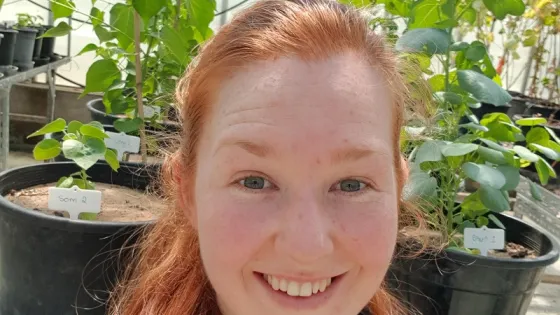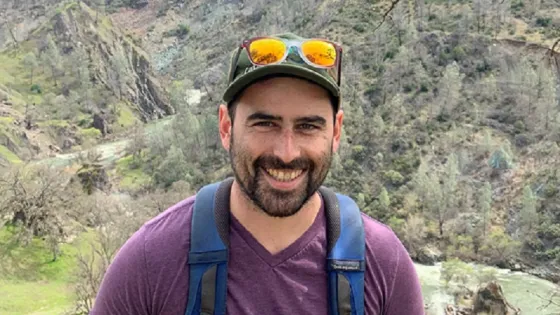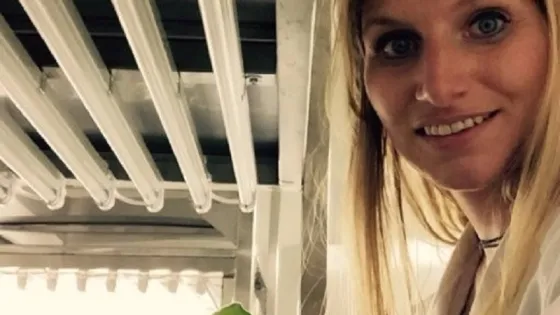Past events
This page lists RSB past events.

PS Webinar Series: Technological convergence for Planetary Health - Precision Landscape Regeneration
Agriculture and ecosystems are tipping toward collapse due to land use and climate extremes. Irreversible feedbacks in the land system can lock in food insecurity, biodiversity loss and a hot house world.

In order to sustain and improve cotton (Gossypium hirsutum) production in future climates with increasingly hot mean annual temperatures and more frequent and extreme heatwaves, developing climate-adapted cotton cultivars is required.
Native Australian orchids have featured strongly in Rod's research, where he has explored a range of fascinating ecological, biochemical, molecular and evolutionary questions.

Many photosynthetic organisms employ a CO2 concentrating mechanism (CCM) to increase the rate of CO2 fixation via the Calvin cycle. CCMs catalyze ≈50% of global photosynthesis, yet it remains unclear which genes and proteins are necessary for a CCM to function.

C-TERMINALLY ENCODED PEPTIDES (CEPs) interact with the CEPR1 receptor to control nitrate uptake and primary root growth, however the role of CEP-CEPR1 signalling in controlling overall root system architecture is unknown.
Jonathan Losos will speak on his career-long experimental research program manipulating the presence of lizards on small islands in the Bahamas to test ecological and evolutionary hypotheses.

Disease resistance is mediated by recognition of pathogen avriulence effectors (AVR) through host nucleotide-binding leucine-rich repeat receptors (NLR).

The interaction of C-TERMINALLY ENCODED PEPTIDES (CEPs) with CEP RECEPTOR1 (CEPR1) controls root growth and development, as well as nitrate uptake, but has no known role in determining yield.
There is an increasing body of evidence for the existence of animal cultures. Recent work has also suggested cultural traits can be subject to selection, changing in form, function or distribution.
